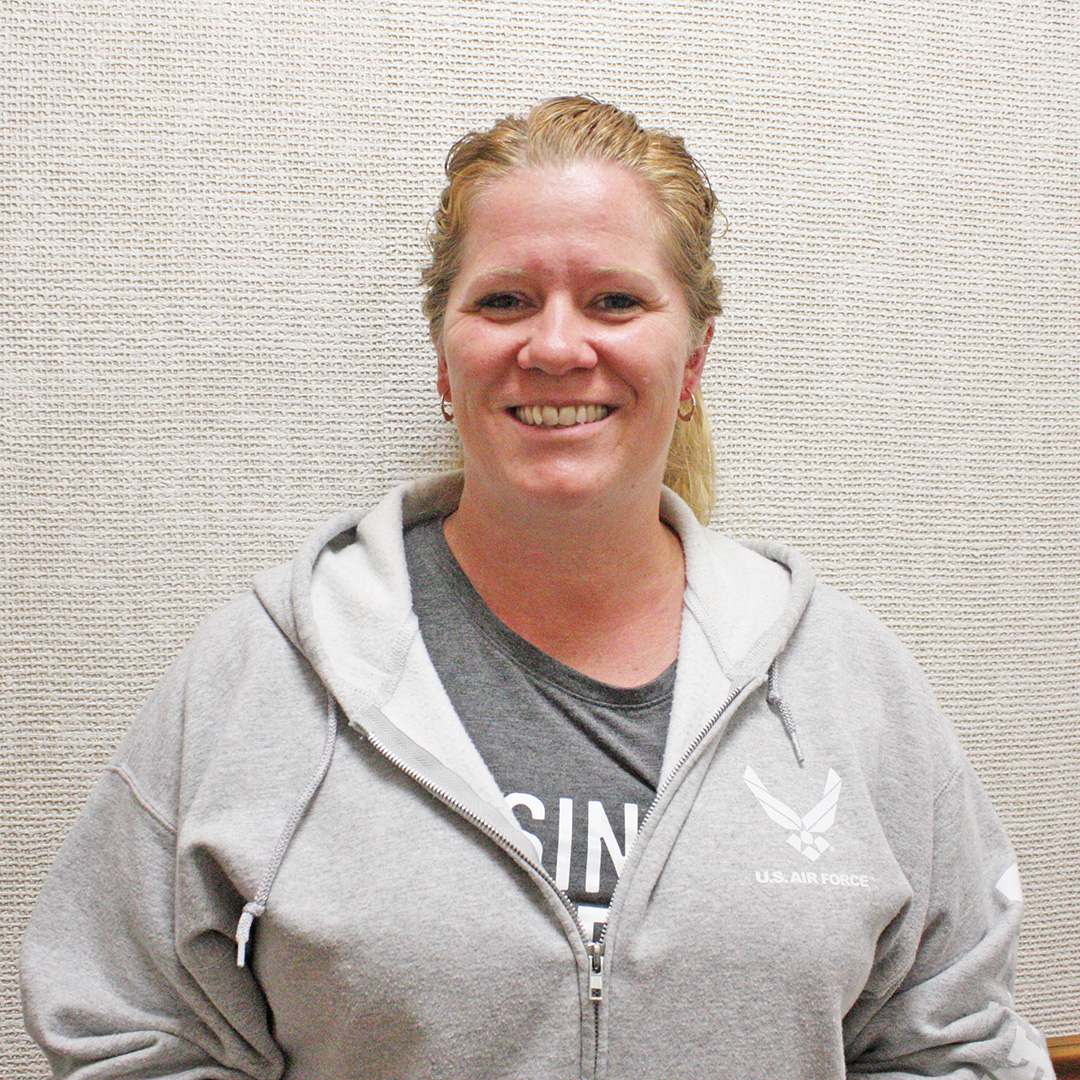Cadott School Board; Library plan tabled
By Julia Wolf
The library plan was brought up again, during a Cadott School Board Committee of the Whole meeting Aug. 30.
The board previously tabled the issue, after there were concerns raised over the content of books in the school libraries and the board requested more information on how other schools are handling the concerns.
District administrator Jenny Starck provided the board with a comparison with the old library plan, so board members could see the changes, as well as the list of books that were ordered as part of the last big order.
The library media specialist, by law, makes the initial determination of which materials should be brought into the library. Cadott’s library media specialist, Nick Kotek, said at the previous meeting, that he uses requests from staff and students, as well as review journals, to make selections.
“I would honestly encourage people, if you have books that you are concerned about, go through that process of reconsideration,” said Starck. In the reconsideration process, the piece is considered as a whole, by a diverse group of people.
Cory LaNou, board member, read a portion of Dear Martin, a book he used as an example of the need for a better vetting process for library materials and a greater understanding of what’s available to students. He says his primary concern, is there is no guidance for youth reading the book, as there would be if it was read as part of a class or if a parent purchased the book.
“If a young boy in our school said any of those phrases to another girl, they’d probably be facing detention or expulsion,” said LaNou.
He says there has to be another book that gets the same lesson across, without the language.
LaNou says he went through a portion of the list of recently purchased books.
“I spent four hours one day, and I maybe got through five percent of what you sent me,” said LaNou.
He says it is not feasible to say the board is responsible for what is in the library, which he pointed out the new policy says under the responsibility header.
“We don’t have the resources,” said LaNou.
LaNou says something significant in the process would have to change in order for the board to be held responsible for that. The library staff also does not have the time to vet all the materials coming into the library.
Starck asked if re-wording the policy to say the responsibility sits more with the library media specialist, instead of the board, would be the way to go.
“We want it to accurately represent what’s happening, too,” said Starck.
LaNou says he doesn’t have an issue with it stating the board is responsible.
“My issue with it, is we’re stating something that’s not reality,” said LaNou.
He says, right now, the board has zero involvement.
Christine Rowe, board member, says her reading of that policy, isn’t that the board is responsible for each book in the library, but that the board is responsible for their library specialist, who is following the proper process.
LaNou says he thinks the process is broken, because those types of books are getting into the library.
Rowe says she thinks that falls beyond the board. Becca Blanchette, board member, agreed it sounds like it falls on the national companies reviewing the literature. They said that is what the reconsideration policy is for, to see if the material agrees with what the community wants in the library.
Brad Sonnentag, board member, said he doesn’t think materials where children can’t repeat half of it without getting in trouble, should make it through the door.
Rowe asked what they could do to correct the issue. She said the board can’t nitpick each book, it’s about finding the better policy for the board and district.
LaNou says he thinks they have to do more, beyond the national recommendations. Donna Albarado, board member, said the book might not meet his standard, but might meet other parents’ standards in Cadott.
Starck says, what she has heard, is that they should use the reconsideration process and consider extra steps for frontend selection.
Rowe asked if they could reach out to other districts, to see if they have a more in-depth selection policy.
“I’ve looked at other districts,” said Kotek, adding the new policy under consideration is pretty standard.
Members voted to table the issue, with five in favor (Al Sonnentag, B. Sonnentag, Rowe, Blanchette, Ced Boettcher), and two opposed (LaNou, Albarado).
Members did approve the coaches handbook, as well as open enrollments in and out.
Members also approved the resignation of Sam Hochstetler, junior and senior high school counselor, and hired Kent Vang to fill that position. The hire of Allie Webster, C-Team volleyball coach, and Autumn Yeager, volleyball assistant (one-year position), were also approved.
In the information portion of the meeting, board members also discussed requests around football games. Starck says a group of football parents requested a number of things, such as opening up part of the playground and a tailgate ahead of the game.
“Most of those things were OK’d,” said Starck.
Starck says they did say no to two requests, to be on the conservative side. Those requests were allowing fans on the track to get closer to the game and allowing fans in the endzone area.
The concern with allowing fans on the track, was that it could damage the rubberized track surface. Athletic director Erin Crank says she talked to other districts and college athletic programs, and found those that have a rubberized track do not let fans on it. Those that do let fans closer to the field either have a different surface track or no track at all.
Crank says some other concerns with fans on the track, are safety and liability with the close proximity to the game, and potential distractions for players.
“I think we also had opportunity as well, outside of those things that they listed, and outside of inviting people invited on the track, where we can make the gameday experience better for fans, spectators and the team,” said Crank.
Caleb Hundt, junior and senior high principal, noted that lanes one and two would be used the most by fans and the track athletes. He says only athletic shoes should be allowed on the track and shoes like high heels could poke holes.
Crank also said food, drink and gum could also harm the track, or require specialized cleaning.
The track is open to the public for use, other than during football games, but Crank says those people are usually dressed in athletic wear, not whatever they were wearing at work.
B. Sonnentag says he understands the appeal of being close to the action. He says if people follow rules about appropriate footwear and don’t bring food on the track, it could be a great way to engage people more.
LaNou asked if there were any issues with fans close by, when it came to safety, when fans were allowed near the field prior to the rubberized track. No one remembered any specific safety concerns.
Boettcher remembers there were some issues with people able to see when there were people standing on the track, which was one reason bleachers were installed.
Board members wondered how coaches feel about the possibility of fans on the track. A. Sonnentag says he heard from football coach Jeff Goettl that he is not opposed to it.
The board said they would like to hear from track coaches, the track community, and the building and grounds crew, as well.
When it comes to fans and the band in the endzone, Starck says she has heard from the band teacher that they would prefer not to be in the endzone area.
Crank says they decided to try out allowing fans in the endzone for the youth night game this year. She says the thought process was to allow those from the youth programs to sit in that area.
“Let’s see how it goes,” said Crank.
The football requests will be on the next regular board meeting agenda. Members of the public are welcome to make public comments on the issue then.




